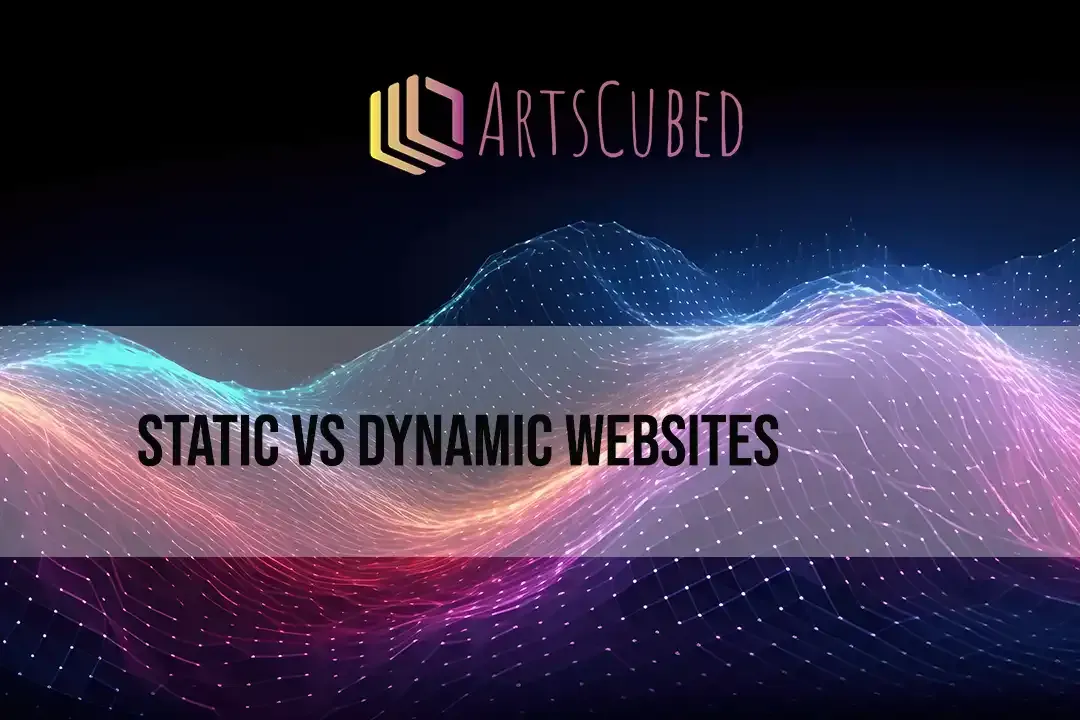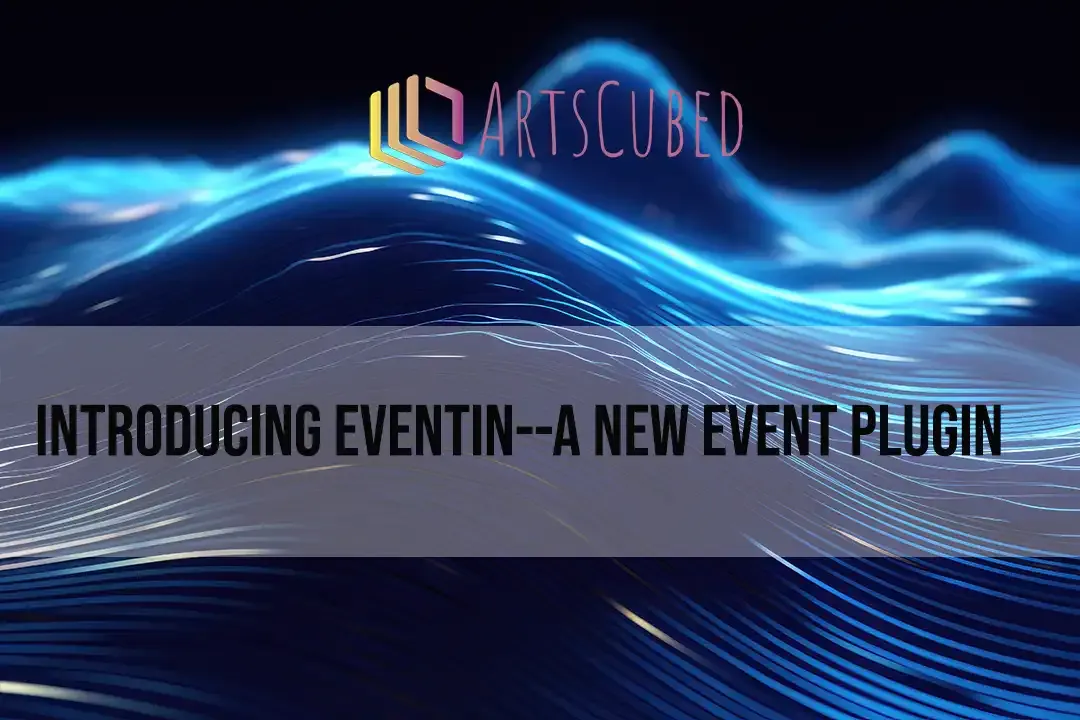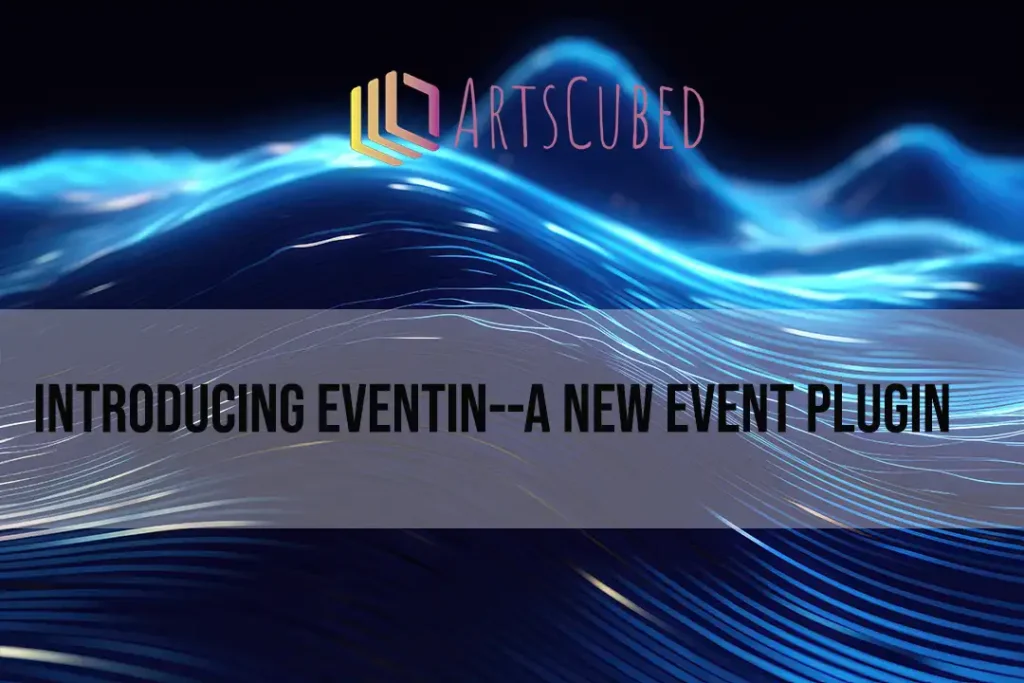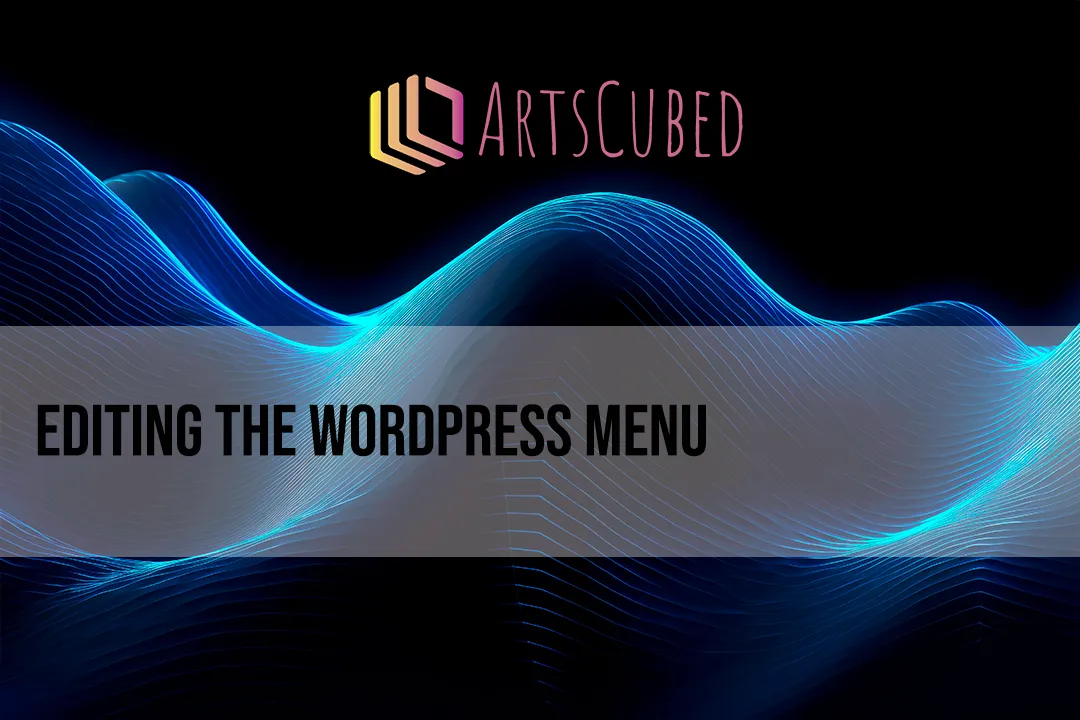
When you decide to create a website, one of the first concepts you should learn to understand is the distinction between static and dynamic sites. Understanding this fundamental difference is key to choosing the right foundation for your online presence, and avoiding costly mistakes, whether you are creating a personal portfolio of your art, promoting your ensemble or launching an e-commerce store.
The Static Website
A static website is the simplest form of website and has only slightly evolved from the earliest websites on the internet. This site is built by an individual with coding skills using (HTML, CSS, and JavaScript) that are delivered to the user’s browser exactly as they are stored on the server. While javascript coding might facilitate movement effects (such as button click) there is no processing or database lookup happening on the server before the page is sent.
Why Choose Static?
Static websites offer clear advantages for certain types of users and projects.
Feature | Description | Benefit for the User |
|---|---|---|
Speed | Pages load incredibly fast because they are pre-rendered. | Excellent user experience and better SEO ranking. |
Security | No server-side processing or database means fewer vulnerability targets. | Ideal for sites that handle no user input or sensitive data. |
Cost | Less complex hosting requirements (simple file storage). | Very low hosting costs. |
Maintenance | Files rarely change, leading to minimal maintenance. | Set it and forget it—great for individuals. |
Who Should Prefer a Static Website?
- Small Businesses and Portfolios: Individuals or companies that need a simple online brochure to display information that doesn’t change often, like contact details, a menu, or a limited professional portfolio.
- Documentation Sites: Websites focused purely on providing fixed information.
- Landing Pages: Pages designed to capture attention without any complex functionality.
- Non-Technically minded individuals who prefer to leave all web site design with experts
The downsides of a static site include:
- lack of interactivity
- low scalability
- limited features stack
- difficulties with content updates.
These factors can also cause content stagnation because you need to update the source code and content manually. Frustration or expense can be a problem when site-owners find themselves unable to make the site updates you need. This is why you should weigh your options when making a decision to go with a static website.
The Dynamic Website Explained
A dynamic website, on the other hand, is served up in real-time every time a user visits a page. When a request is made, the server executes scripts (written in languages like PHP, Python, or Node.js), pulls data from a database, and then assembles the final HTML page before sending it to the browser. The elements that it draws on can consist of posted articles, images, event listings, videos and recordings, all that can be added by non-coding site owners using simple data input forms and tools.
Why Choose Dynamic?
The trade-off for the added complexity is unparalleled flexibility and functionality.
Feature | Description | Benefit for the User |
|---|---|---|
Interactivity | Pages change based on user input, time, or other variables. | Enables features like user accounts, comments, and real-time updates. |
Scalability | Content can be easily updated and managed through a Content Management System (CMS). | The site can grow easily with your business and content needs. |
Personalization | Users can see content tailored to their history or preferences. | Highly engaging and customized user experience. |
Functionality | Can handle complex applications like e-commerce, forums, and booking systems. | Necessary for modern web applications. |
Who Should Prefer a Dynamic Website?
- E-commerce Stores: Require databases for product inventory, user accounts, and payment processing.
- Authors, Blogs and News Sites: Need a CMS to easily publish and manage frequently updated content and handle user comments.
- Social Networks and Forums: Built entirely around user interaction and personalized data.
- Venues and Event Series: Need to frequently update event listings, artist bios/photos, as well as special ticket sales offers.
- Organizations, political campaigns, social justice movements: Need to share frequently updated information.
- Web Applications: Any site where the user is performing complex actions or retrieving personalized data.
However, dynamic websites also have their drawbacks:
- More complex so, while they offer ease of use to add content, they require higher technical expertise to develop the site initially
- More costly to build and maintain especially when incorporating proprietary products such as form-builders, shopping carts, order processing, etc.
- Can be slower to load due to real-time processing
- Pose higher security risks due to being accessible for public input, requiring security software and vigilance
- Require more server resources and technical expertise, which means you need to carefully consider these factors when deciding on a dynamic setup.
The Hybrid Approach: WordPress as a Static/Dynamic Blend
For many people, the choice isn’t purely one or the other. This is where Content Management Systems (CMS) like WordPress (also Drupal, Joomla, etc.) offer a compelling middle ground, or hybrid site.
At Arts Cubed, we’ve specialized in developing WordPress sites as part of a communications strategy for artists, arts organizations, non-profits and social enterprises. At its core, WordPress is a dynamic system. It uses a server (running PHP) and a database (powered by MySQL) to assemble every page. This dynamic structure is what allows an individual with admin privileges to log in on any given day and write a post or create an event notice to share on the website. At the same time, WordPress site development is a complex field and most individuals do not have the time or interest in gaining the skills to design and set up their own WordPress site and that’s where a professional can help you.
WordPress began as a simple blogging platform but today, WordPress implementations often incorporate static elements to gain the performance benefits of a static site:
You can create a hybrid website by combining static and dynamic elements in various ways:
- Use a static homepage, and other key pages with professionally designed content and styles for fast loading and jaw-dropping first impressions.
- Meanwhile you are able to dynamically contribute blog posts, event listings and media portfolios which will be instantly updated on the established dynamic pages allowing for easy updates and contributing to user engagement
- Implement static pages for FAQs or contact information that rarely changes.
- Employ dynamic web pages for user accounts, shopping carts, or think about creating support or discussion forums that reflect real-time data from communities.
- Enable user-generated content (UGC) through dynamic sections if this is relevant– think comments or reviews.
Through mixing static and dynamic elements, you can optimize performance while maintaining flexibility and engagement.
In addition:
- Caching Plugins: Tools like LiteSpeed Cache or WP Rocket create static copies of your dynamic pages after they are first loaded. When the next visitor comes, the server simply delivers the pre-built static HTML file instead of running the PHP and database queries again. This delivers static-level speed for non-logged-in users.
- Static Site Generators (SSGs): No article on this topic would be complete without mentioning that advanced users can use tools to convert their entire WordPress database and files into a purely static version of the site (a process called “decoupling” or “headless” WordPress). This provides an ultra-secure, extremely fast website while keeping the familiar WordPress admin dashboard for content management.
For individuals who value ease of content management but also require fast loading times, a well-optimized WordPress site with robust caching offers the best of both worlds—dynamic capabilities behind the scenes with a static front-end experience.
The context for writing this article comes from my history of site creation. I first created websites for my own projects and organizations in the 1990’s when all sites were static sites. Initially self-taught, over the years I invested time in skilling up through courses in both web-design and coding languages. I liked creating and working on static sites but my clients were growing disenchanted with the format. More than 15 years ago the balance tipped towards dynamic sites. This was especially true in the non-profit sector where the pressure for frequent updates was at odds with the difficulty and expense of updating static sites. Now the vast majority of websites on the internet are CMS (dynamic) websites. This is so true that new users frequently come to designers sure that they need a dynamic site. They may not. It is important that they understand the difference between static and dynamic sites and reflect on the way they will actually use their site before making a choice.









